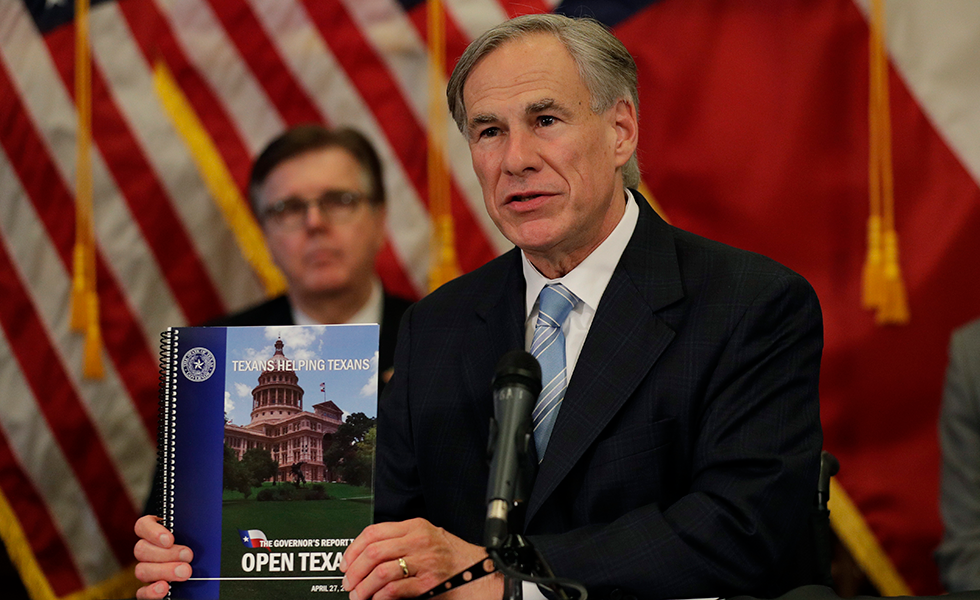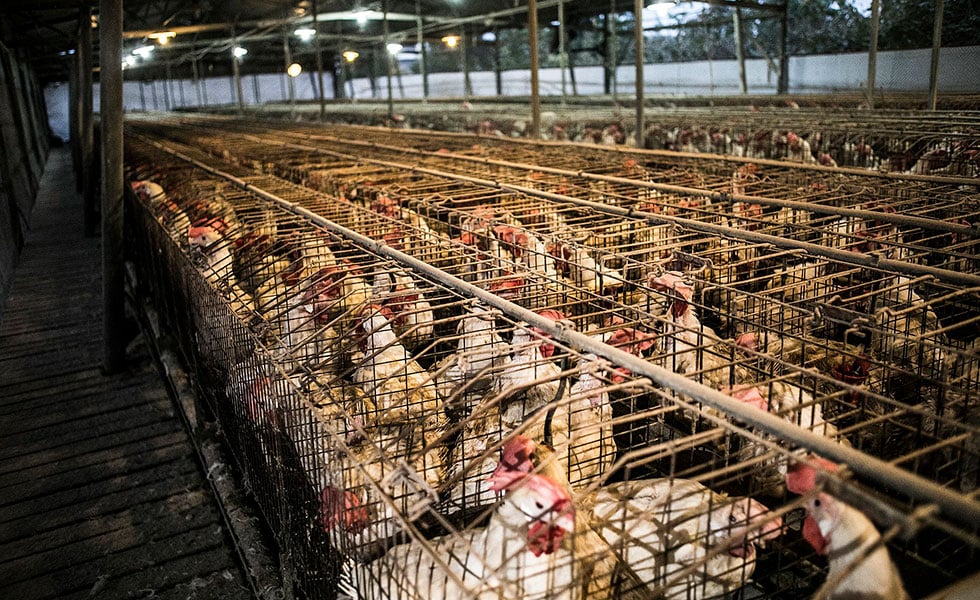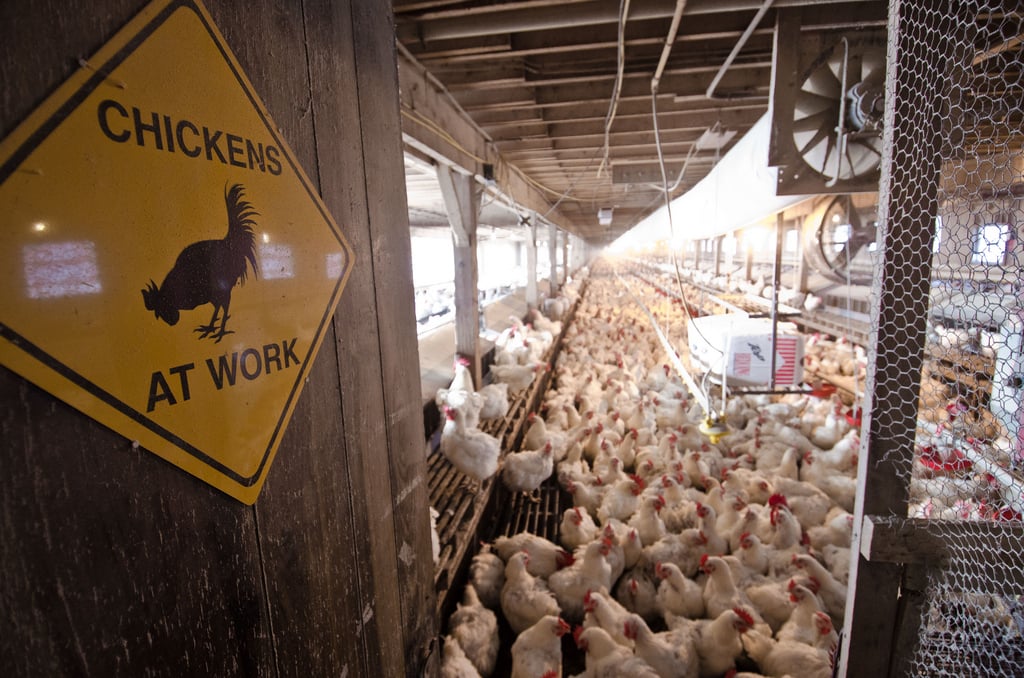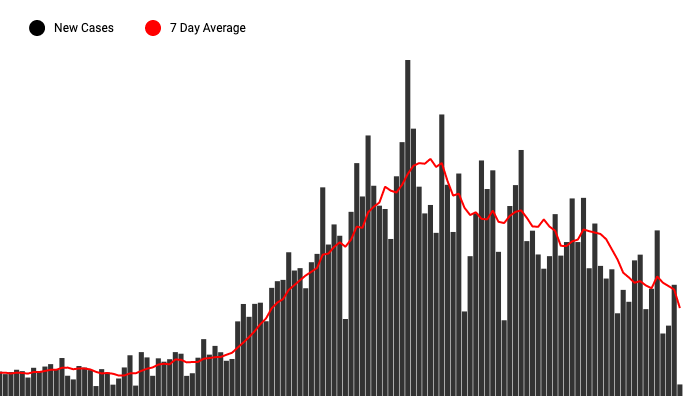
In Rural Counties, COVID-19 Cases are Likely Undercounted. Greg Abbott Wants to Reopen them Anyway.
More than 100 Texas counties—many with limited medical resources—will be able to reopen businesses to 50 percent capacity on Friday.
Above: Governor Greg Abbott announces that he will relax some restrictions imposed on some businesses due to the COVID-19 pandemic on Monday, April 27 in Austin.
In Red River County, a community of about 12,000 in far northeast Texas, the first confirmed COVID-19 case didn’t come until mid-April, despite the ballooning number of cases in surrounding counties and across the state. But the rural county, which has just one full-time doctor, no hospital, and no local health department, has been slow to ramp up testing and relies on a spotty patchwork of messaging and data from state officials. The official COVID-19 count hasn’t budged, and yet County Judge L.D. Williamson is sure there’s a higher number of cases here than reported. “I think there is everywhere,” he says.
Most businesses in Red River and other Texas counties can partially reopen on Friday, just hours after the state recorded the highest single-day death count during the pandemic. Malls, restaurants, libraries, and movie theaters will be allowed to open at 25 percent capacity under Governor Greg Abbott’s new plan announced early this week, a number that will soon increase if the state doesn’t detect an uptick in the virus. Abbott’s plan also includes a special provision allowing rural counties with five or fewer active coronavirus cases to reopen these spaces at 50 percent capacity. The provision applies to more than 100 counties scattered across the state.
A grand reopening across rural Texas could be a risky proposition for those counties, which generally have scant access to medical care and even more limited testing than the state as a whole. Abbott’s standard for reopening rural Texas on an accelerated schedule is based on state health department data that is likely incomplete. Some local officials, like Williamson, suspect the true number of infections is higher than reported—an undercount that could be the difference between 25 and 50 percent reopening under Abbott’s plan. If an outbreak occurs, residents of these rural communities frequently must travel long distances to reach a doctor’s office or hospital.
“I just expect that sooner or later we’re gonna get more cases,” says Williamson, who’s weighing this worry against an economic lockdown that’s “killing” the already struggling town. “The counties to our west and to our east are both having lots of cases, and if [Red River residents] shop out of the county, that’s usually where they go.” Last weekend, nearly 50 people in a single nursing home in next-door Lamar County tested positive for COVID-19. Bowie County, on the other side, has had 69 confirmed cases so far. “The odds are too great that somebody will contract it and bring it back,” he says.
Carson County, a farming community in the Panhandle just east of Amarillo, has no hospital and nowhere for residents to get tested for COVID-19. According to state data, it’s had two COVID-19 cases, up from one earlier this week. But County Judge Dan Looten told the Observer he has “no doubt” the actual number is higher. Carson County is sandwiched between Potter County (499 cases) and Gray County (47 cases). Directly northwest is Moore County (327 cases), which has the highest number of confirmed cases per capita in the state by far, due to a large-scale outbreak tied to the JBS beef processing plant there. When reached by phone this week, Looten was still reading Abbott’s order to determine how it would be implemented in his county. “While I’m glad that he’s opened up some business, we’re gonna approach it cautiously,” he said.
Public health experts say it’s too early to start reopening businesses around Texas and warn cases could spike as a result. In rural areas, experts say a lack of confirmed cases doesn’t necessarily mean an absence of the virus, given limited testing and long distances to medical care. Nothing has materially changed from when the governor announced his shelter-in-place order a month ago: Texas has still tested only about 1 percent of its population and continues to rank among the lowest in testing per capita of all 50 states, a robust contact tracing network hasn’t been established, and cases and deaths continue to rise. For many rural counties, these conditions are amplified.
“We don’t have great information because we haven’t done enough testing,” says John Henderson, CEO of the Texas Organization of Rural and Community Hospitals, who worries that “we’re going a little too fast” with reopening under Abbott’s order. “We think rural Texas is two to three weeks behind urban Texas, with regard to surge [in COVID-19 cases].” So far, a handful of rural communities have seen big spikes, “and when that happens, it gets scary,” Henderson says. “As we learned in these rural hot spots, two cases can become 50 cases, can become 150 cases, in a matter of hours or days.”
Public health appears to have taken a back seat in Abbott’s plan. For his “Strike Force to Open Texas,” he tapped some of the state’s most prominent billionaire business leaders and industry lobbyists; more than half of the advisory council members have donated generously to Abbott’s political campaigns. Instead of selecting a medical professional, Abbott chose Mike Toomey, a political kingmaker and lobbyist, to helm the task force. Abbott’s office did not respond to a request for comment on this story.
COVID-19 has taken a heavy toll on the state’s economy, spiking unemployment and causing financial stress in rural areas that were already strapped for cash. But it’s unclear whether Abbott’s plan for rural counties will spur the economic revival he hopes. Williamson said most Red River County businesses may opt against reopening even at 50 percent, simply because doing so isn’t financially viable. Even in urban parts of the state, restaurants, stores, and movie theaters have said the same. Still, some business owners in rural Texas will take Abbott up on his offer, potentially putting residents in their communities at risk for a dubious economic benefit.
Rural areas are particularly ill-equipped to deal with COVID-19 outbreaks, experts say. The populations are generally older and sicker, making residents more vulnerable to the virus. More than one-fifth of Texas’ 254 counties have just one doctor or none at all. At least 20 rural hospitals have closed since 2013, the most of any state. Clarksville, the county seat of the vulnerable Red River, lost its hospital in late 2014, along with two other neighboring northeast Texas counties. The COVID-19 pandemic has further delayed a planned reopening that’s been repeatedly thwarted in recent years.
In an effort to fill the gap, the Texas National Guard has begun sending mobile testing units to rural areas—an effort that is bound to spike case numbers higher—but the results likely will not be included in county totals before Friday’s reopening.
As the state fails to sufficiently protect rural Texans, some county leaders have increasingly leaned on their Christian faith. “I pray every day that he takes care of us,” says Sabine County Judge Daryl Melton, whose East Texas county sits at the periphery of one of the state’s biggest coronavirus hot spots. The county has had one confirmed case, but has tested just 45 people, says Melton, who, despite concerns, is eager to get the local economy going again.
Melton isn’t alone: Other rural officials have asked for prayers as COVID-19 creeps into their communities. In other words, if this plan is all state officials can offer rural Texans, won’t someone else intervene on their behalf?
Find all of our coronavirus coverage here.
Read more from the Observer:
-
Is it Time to Rethink Texas Suburbia?: Two new books lay out convincing evidence that the suburbs have been unfairly maligned and overlooked.
-
Demand for Plasma Therapy for the Sickest COVID-19 Patients Far Outpaces Donations: Texas blood banks and the Red Cross are actively recruiting donors but remain thwarted by a lack of antibody tests.
-
Field Hospital Begins Construction in Matamoros Migrant Camp in Response to COVID-19: As cases in Mexico begin to surge and U.S. immigration offices remain closed, medical aid volunteers at a Matamoros migrant camp prepare for the worst while hoping for the best.


